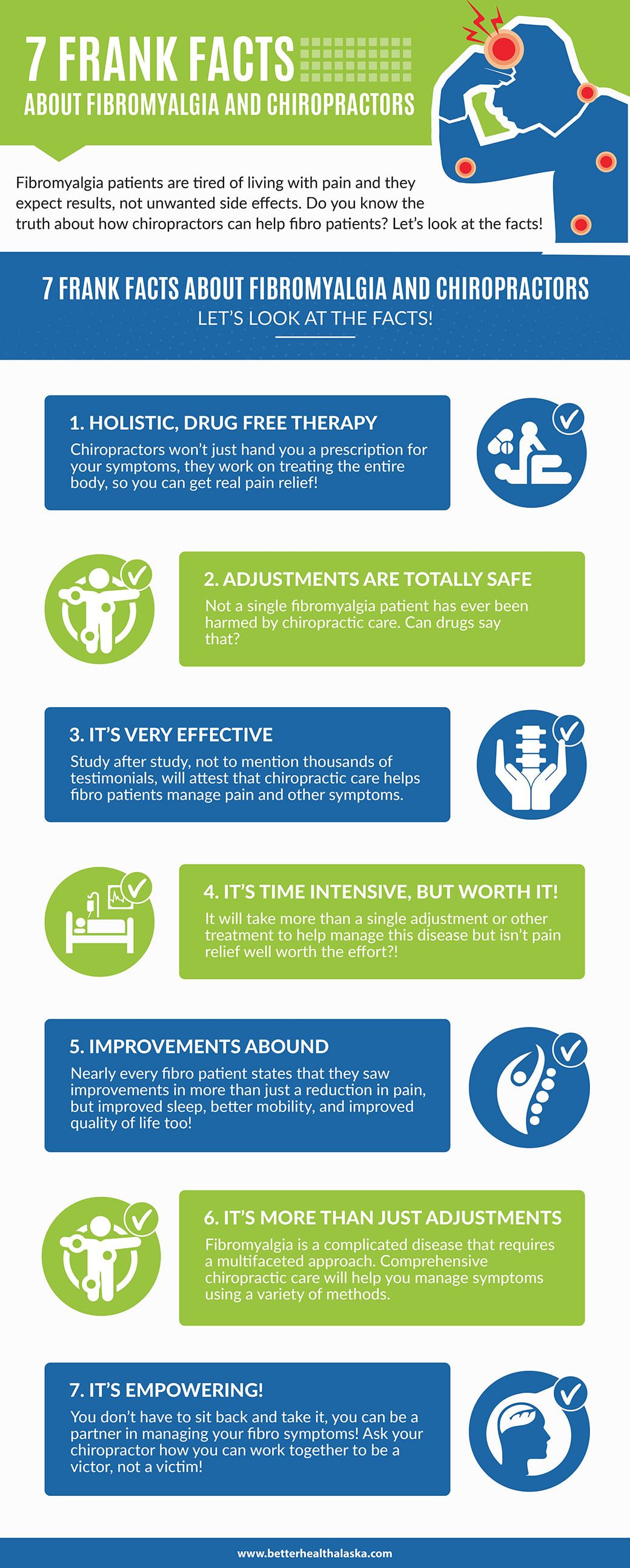Understand The Surprise Reasons For Your Back Pain And Take Proactive Actions In The Direction Of Better Health
Understand The Surprise Reasons For Your Back Pain And Take Proactive Actions In The Direction Of Better Health
Blog Article
Web Content Writer-Martensen Greenwood
If you're experiencing neck and back pain, your body could be trying to inform you something more than just discomfort. The means your back feels can supply useful clues concerning your total health. Comprehending the certain sort of discomfort you're really feeling and any type of accompanying signs is vital to untangling the mystery behind your discomfort. Let's discover the common conditions and signs connected with various sorts of pain in the back to shed light on what your body may be signaling.
Sorts Of Back Pain
When it concerns back pain, there are numerous types that you might experience. One typical kind is muscular tissue pain, commonly caused by overuse, stress, or injury to the muscle mass and ligaments sustaining the spine. This kind of discomfort can range from moderate pain to serious and incapacitating discomfort.
An additional kind is nerve discomfort, which can result from conditions like herniated discs or sciatic nerve pain. Nerve discomfort commonly presents as a sharp, shooting feeling that emits down the leg.
Joint pain in the back can come from issues like joint inflammation or sacroiliac joint dysfunction. This sort of discomfort is typically really felt in the lower back and can be intensified by certain movements.
Furthermore, back pain can be related to architectural problems such as back stenosis or vertebral cracks. Recognizing the kind of back pain you're experiencing is critical in figuring out the ideal therapy and management techniques.
Common Symptoms to Look For
Relocating beyond the different kinds of back pain, it's important to identify the typical signs and symptoms that can signal underlying concerns.
Consistent pain in the back that aggravates with activity or in the evening can indicate a more serious trouble. Tingling or prickling in the legs or feet, particularly when accompanied by weakness, could indicate a nerve-related concern. If you experience unexpected weight management in addition to pain in the back, it could be a sign of a more systemic condition.
Take note of any type of adjustments in bladder or bowel function, as this could be connected to spine compression. Fever, chills, or evening sweats along with pain in the back might signify an infection. Watch out for discomfort that emits down one or both legs, potentially indicative of sciatica.
Health Conditions Linked to Pain In The Back
If you experience back pain, it's important to recognize the possible health problems linked to this discomfort. Back pain can be a signs and symptom of various underlying concerns, including muscle stress, herniated discs, osteo arthritis, spinal stenosis, and even problems like kidney stones or infections.
https://sanangelolive.com/news/health/2021-09-07/new-low-cost-chiropractic-clinic-coming-san-angelo are common and often result from lifting heavy things or unexpected activities.
Herniated discs occur when the soft cells between vertebrae protrudes, triggering nerve irritability.
does medicare pay for chiropractic care , a degenerative joint illness, can result in back pain as cartilage material wears down.
Back constriction, the constricting of the spinal canal, can tax nerves.
Kidney stones may create extreme back pain if they move into the urinary system.
Infections like back osteomyelitis can likewise manifest as back pain. Understanding these possible health conditions can aid you look for proper healthcare and administration for your back pain.
Final thought
So, following time your back hurts, take notice of the sort of discomfort and going along with signs and symptoms. Maybe a signal from your body concerning underlying wellness conditions like muscle strain, nerve problems, joint problems, and even structural issues. By identifying these indicators, you can take positive actions to resolve the origin of your pain in the back and improve your overall health and well-being.
